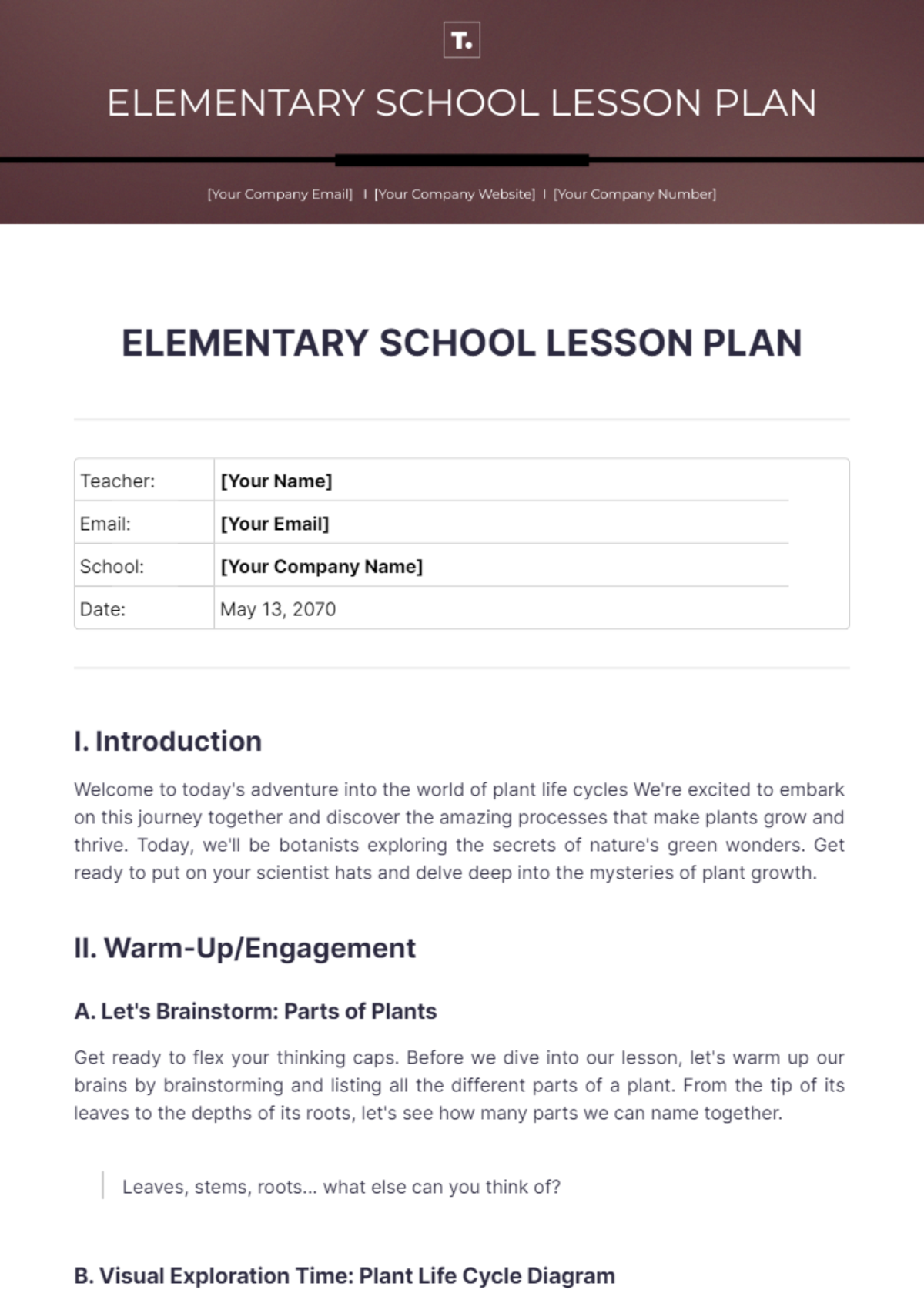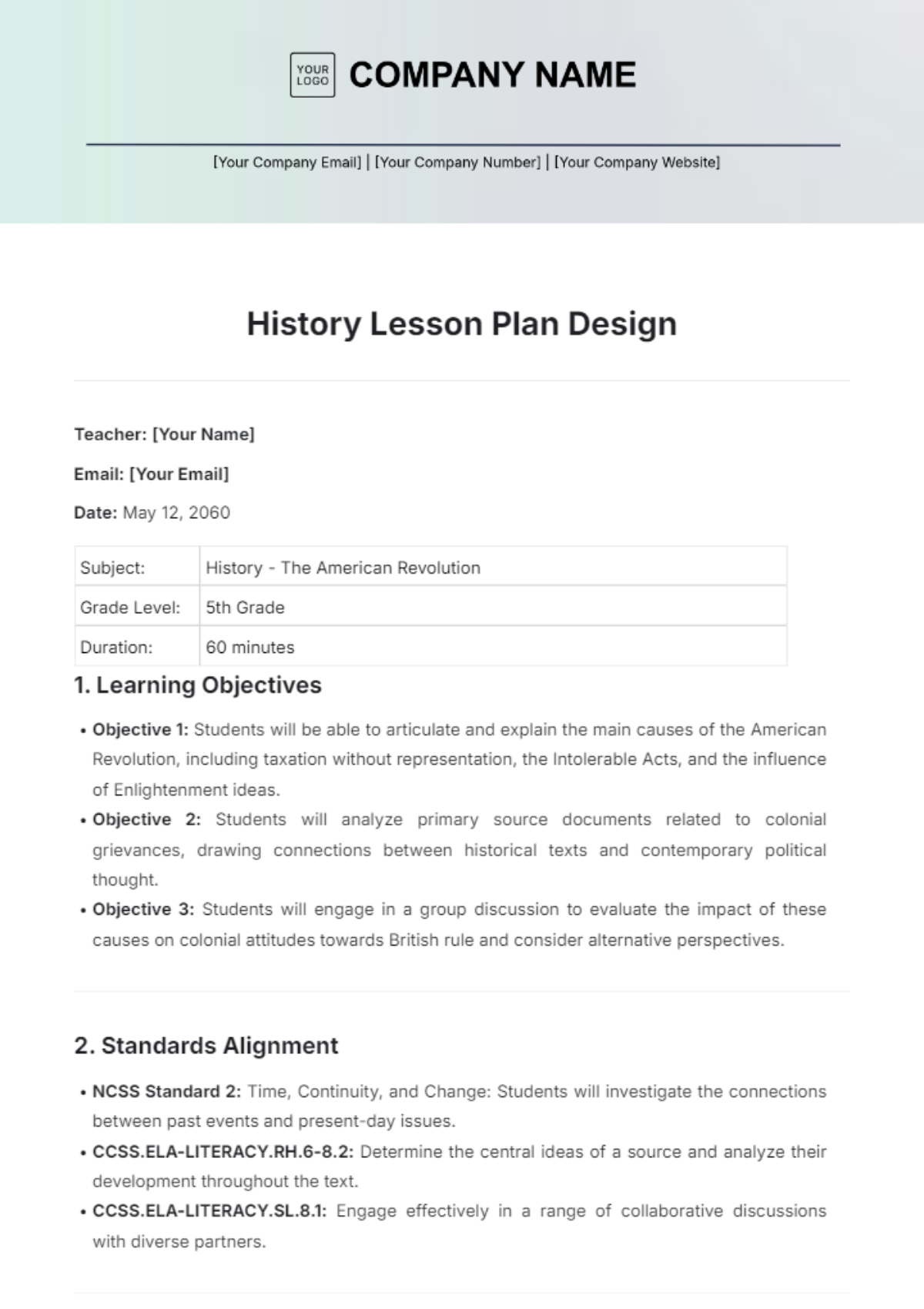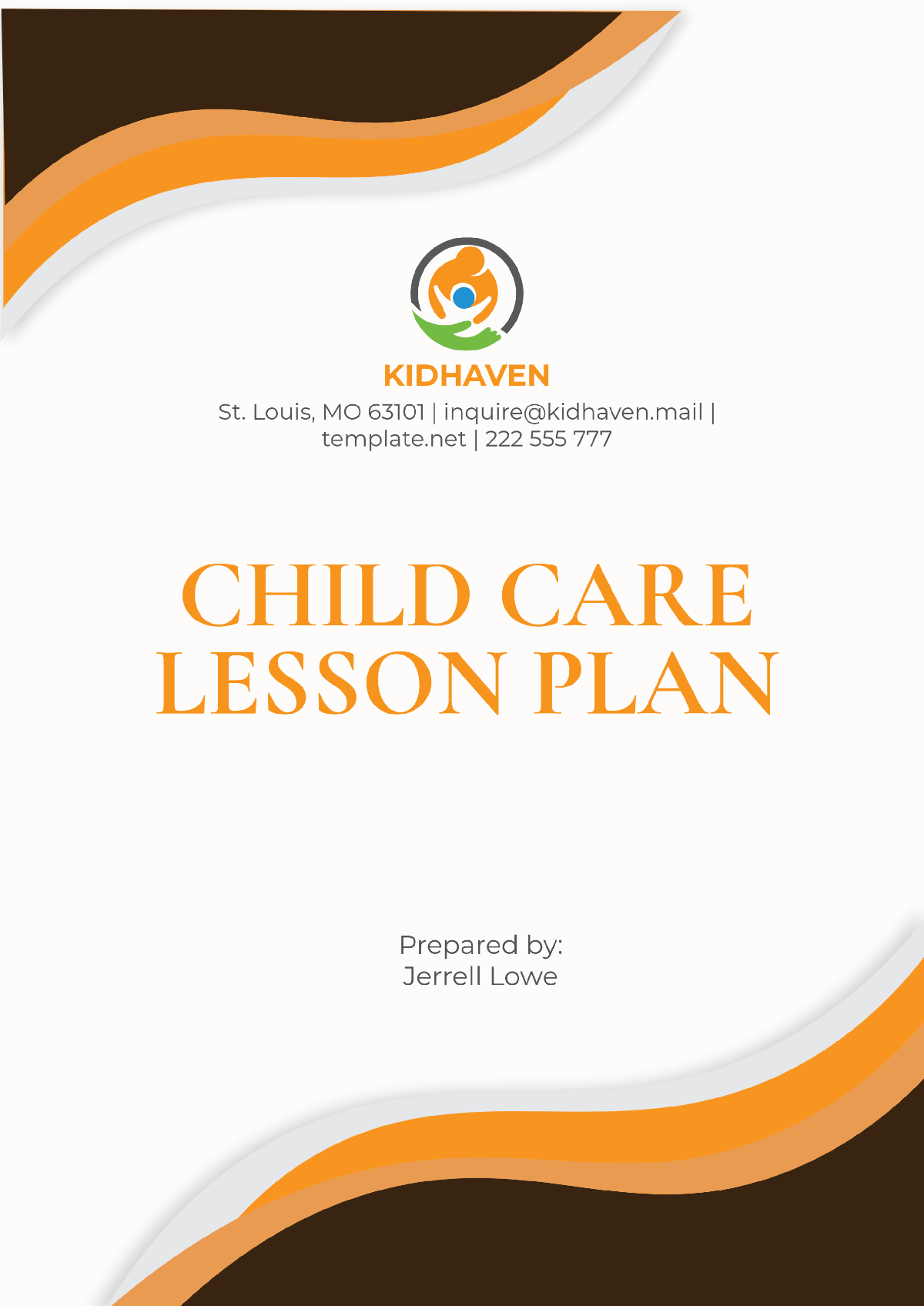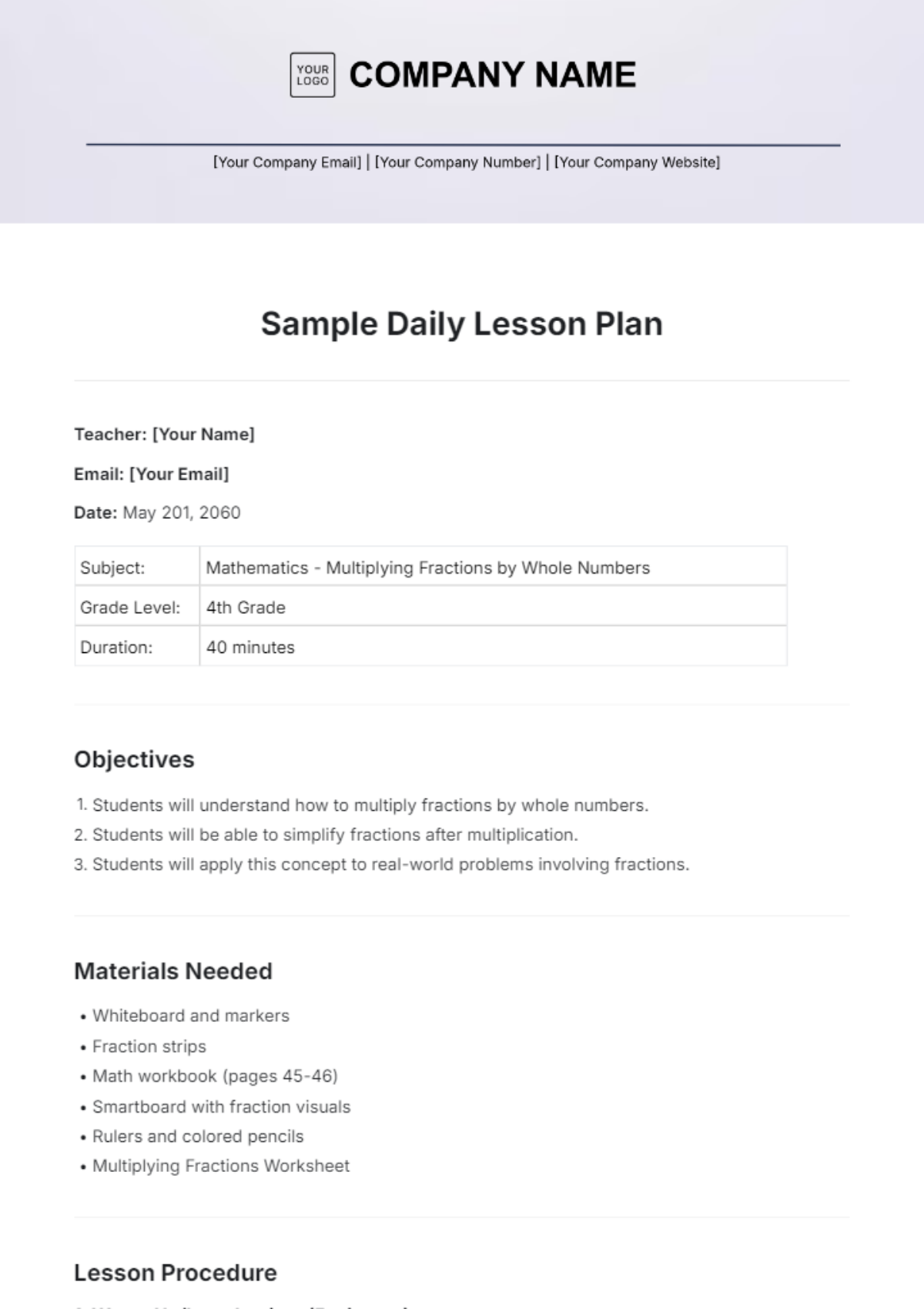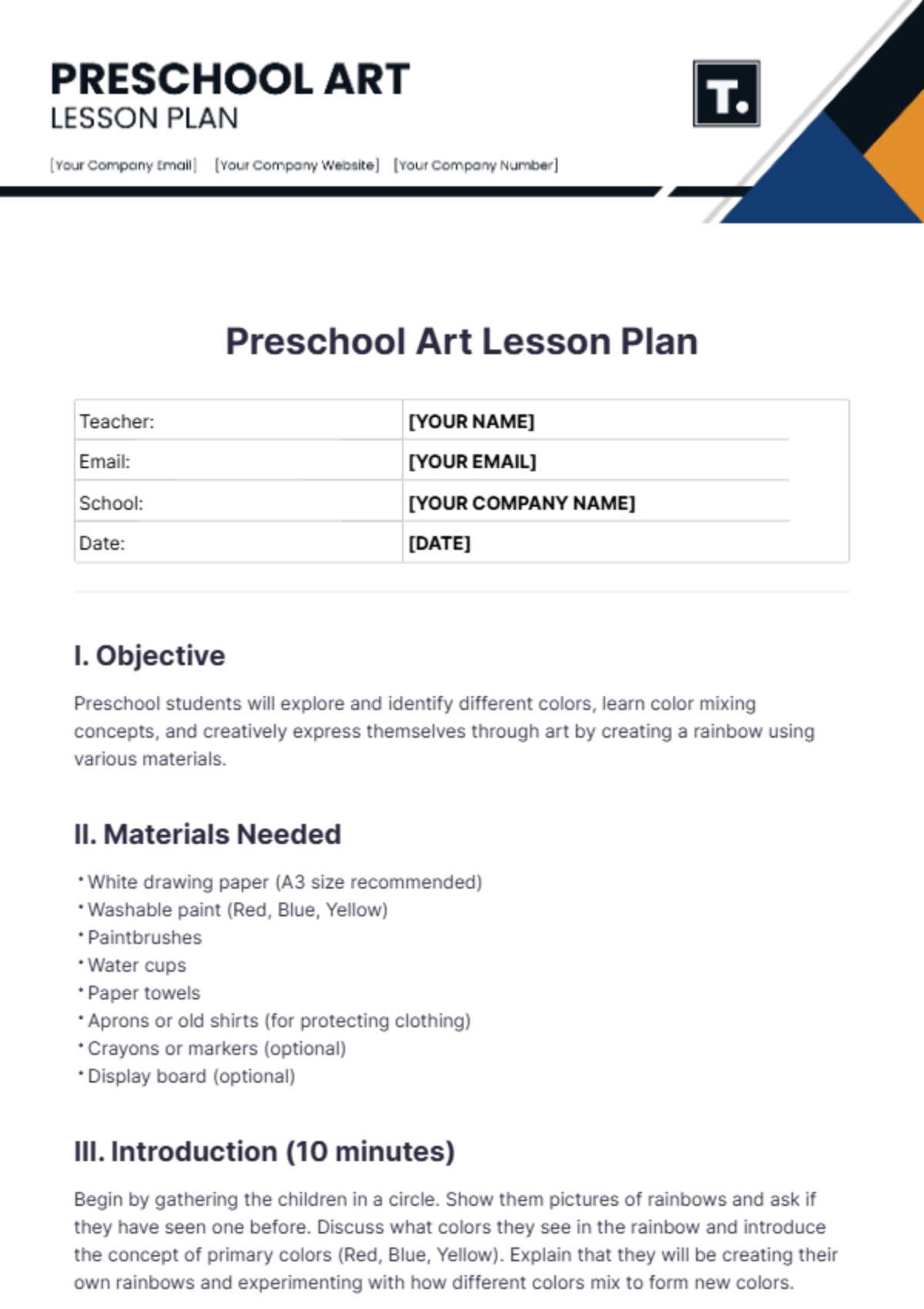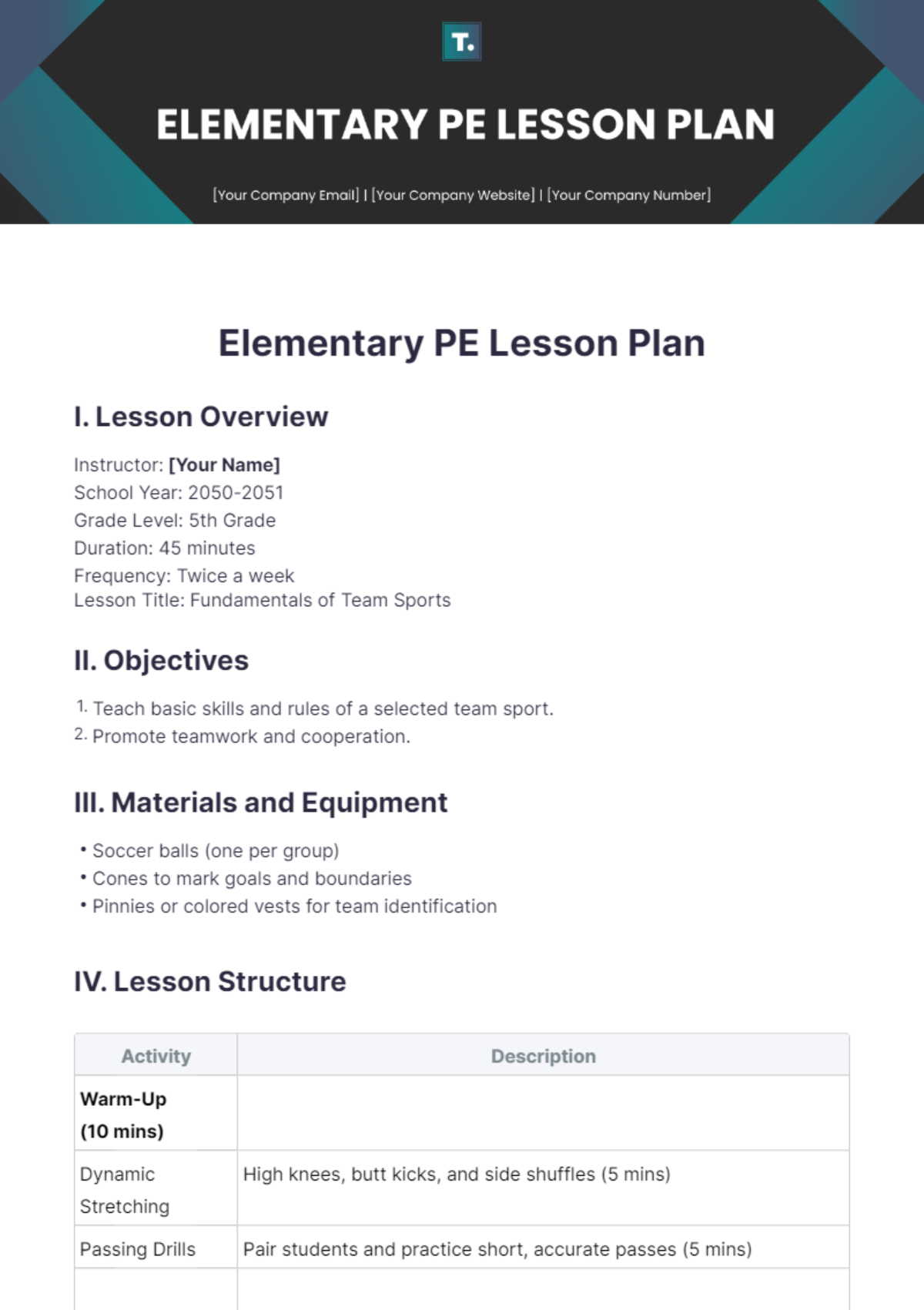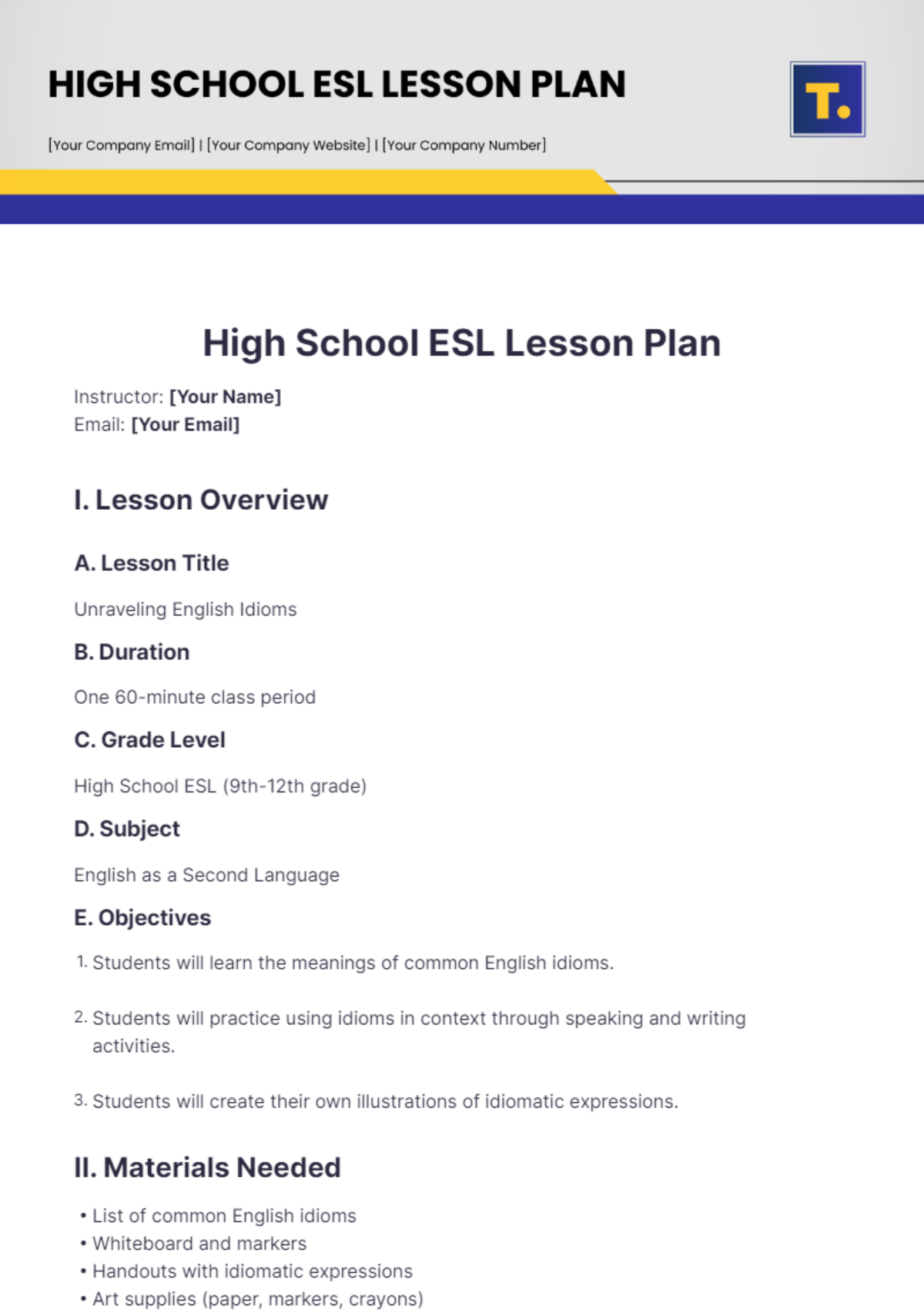INCLUSION LESSON PLAN
Instructor : | [Your Name] |
Email : | [Your Email] |
Institution : | [Your Company Name] |
Date : | October 13, 2060 |
I. Session Details
Course Title: Aviation Fundamentals: Embracing Diversity in the Skies
Session Duration: 1 hour and 30 minutes
Location: Aviation Classroom 103
II. Learning Objectives
A. Knowledge Objectives - Define fundamental aviation terminology, including key concepts such as lift, drag, and thrust. - Explain the basic principles of flight, including the roles of airfoils and control surfaces in maneuverability.
B. Skill Objectives - Develop proficiency in using aviation navigation instruments, including GPS and VOR systems for effective route planning. - Practice effective communication skills for aviation scenarios, such as radio transmissions and cockpit dialogue, fostering clear and concise communication amidst diverse teams.
C. Attitude Objectives - Foster an appreciation for the diversity of backgrounds and perspectives within the aviation community, recognizing the contributions of individuals from various cultures and experiences. - Cultivate a mindset of inclusivity and collaboration, recognizing the importance of teamwork in aviation operations and valuing the unique strengths each team member brings to the table.
III. Materials
A. Instructional Materials - Aviation textbooks covering basic aerodynamics and aviation regulations, supplemented with multimedia resources for visual learners. - Instructional videos demonstrating flight procedures and cockpit operations, providing immersive learning experiences.
B. Adaptive Materials - Large print materials and magnifying devices for visually impaired students, ensuring accessibility to course content. - Communication boards and assistive technologies for students with speech or language disabilities, facilitating effective communication and participation in discussions.
C. Supplementary Resources - Guest speakers from diverse aviation backgrounds, including pilots, air traffic controllers, and aircraft mechanics, offering insights into various career paths within the aviation industry. - Virtual reality simulations provide immersive experiences of flight operations and emergency scenarios, allowing students to apply theoretical knowledge in practical simulations.
IV. Procedure
Step | Activity | Time |
|---|---|---|
1 | Introduction to aviation and the importance of inclusive practices in the industry, highlighting the significance of diversity in aviation teams | 10 mins |
2 | Pre-assessment activity to gauge prior knowledge and interests in aviation, encouraging students to share their experiences and aspirations in the field | 15 mins |
3 | Differentiated instruction: Group work on aviation history and its impact on modern flight, promoting collaboration and critical thinking skills | 20 mins |
4 | Presentation of aviation principles using multimedia and real-life examples, engaging students through interactive discussions and case studies | 25 mins |
5 | Guided practice in flight simulation software, with individualized support as needed to accommodate diverse learning styles and abilities | 20 mins |
6 | Closure and reflection on learning, emphasizing the importance of teamwork and diversity in aviation, encouraging students to reflect on their learning experiences and contributions to the lesson | 10 mins |
V. Assessment
Assessment Type | Criteria | Tools |
|---|---|---|
Formative | Participation in group activities and discussions, evaluating students' engagement and contributions to collaborative tasks | Observation Checklist |
Formative | Completion of flight simulation tasks with accuracy and adherence to procedures, assessing students' practical skills in applying aviation principles | Rubric |
Summative | Performance on end-of-unit assessment covering aviation theory and practical skills, measuring students' understanding of key concepts and their ability to apply them in simulated scenarios | Written exam and flight test |
VI. Tutor’s Reflection
Today's lesson provided a foundational understanding of aviation principles while fostering an inclusive learning environment where every student could actively participate and contribute. By incorporating diverse instructional materials and adapting teaching strategies to meet individual needs, we ensured that all students had the opportunity to engage with the content and develop essential aviation skills. Moving forward, I will continue to reflect on our practices and seek feedback from students to further enhance our inclusive approach in aviation education. Additionally, I plan to explore additional resources and guest speakers to enrich our discussions and provide students with diverse perspectives from within the aviation industry.

